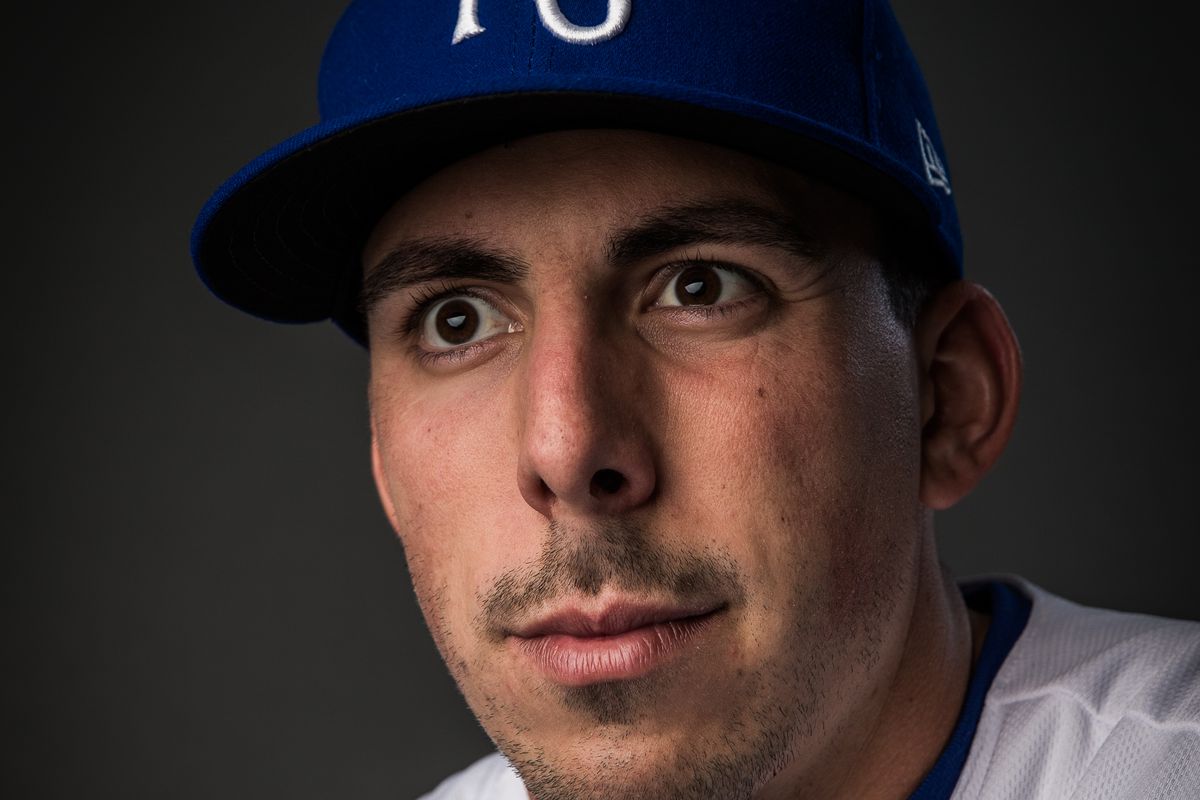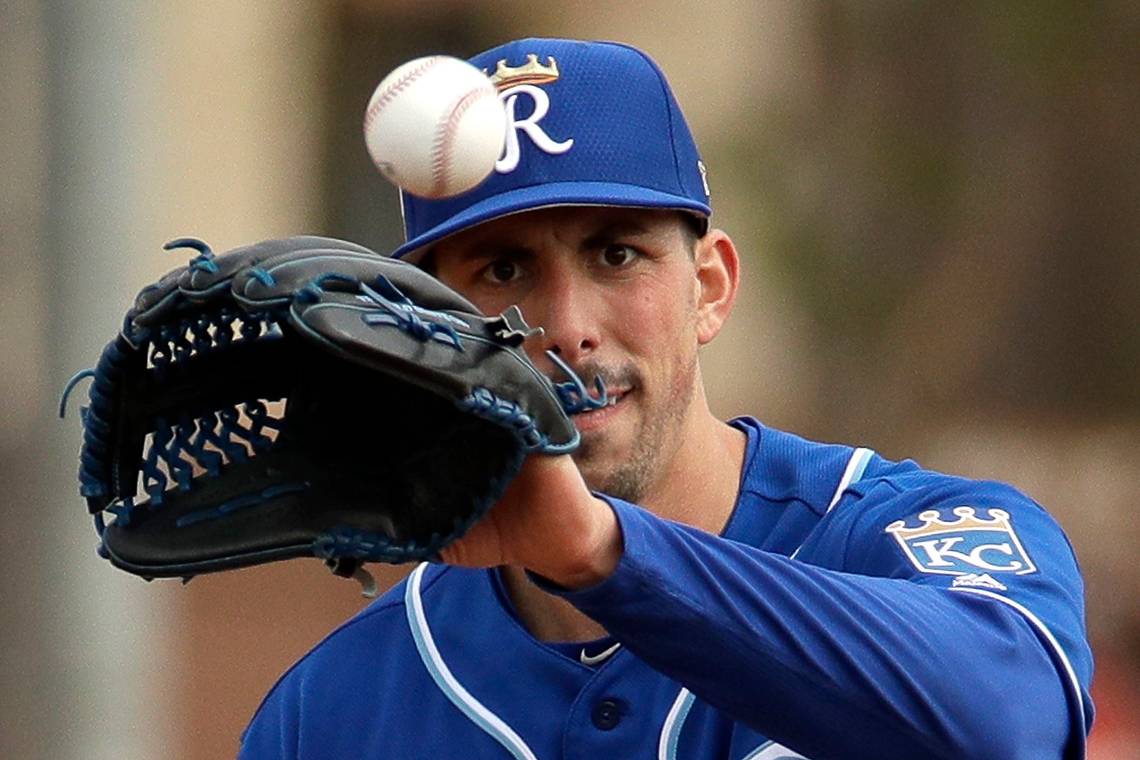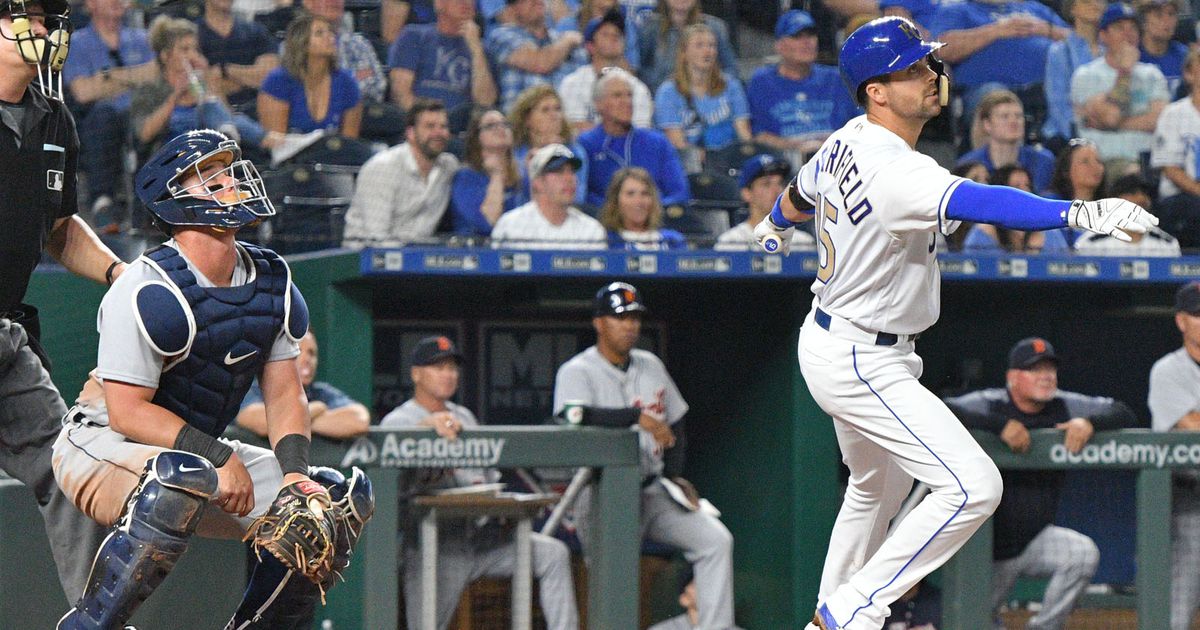
It has to be hard for any major league team to let go of a failed prospect. All the years put into developing a player and hoping beyond hope that someday they will be a productive part of your major league roster. But as we all know, the truth is some players never grasp that brass ring and get the opportunity to prove their worth.
In this regard, the Kansas City Royals are like every team in baseball. We’ve all scoured the prospect lists and prayed that “this year” will be the year longstanding prospects emerge from the cocoon. We’ll search through the numbers to find a silver lining that shows why things will be different this time. In other words, we spend a lot of time detached from reality.
You have to wonder sometimes how often the Royals wore the “rose-colored glasses” while evaluating Bubba Starling and Kyle Zimmer. To be honest, I don’t blame them. Both were 1st round draft picks for Kansas City that to date just haven’t panned out the way everyone had hoped. Both have also battled injuries and inconsistency, a double-whammy of dread that can feel like a never-ending punch to the gut. It also leads to a higher level of hope.

The talent is there. Zimmer has electric stuff that can make hitters shake their head as they walk back to the dugout. Starling has always been a top shelf athlete that has the ability to be a five-tool player. There is a reason the Royals drafted them as high as they did and the Royals belief in their ability is why we are still talking about them today.
But the bigger question to ask is whether we should still be talking about them. If we are being honest here, most teams would have said sayonara to both Starling and Zimmer and moved on. Maybe in an alternate universe, the Royals would have as well. But in the here and now, it’s easy to see why the Royals just won’t quit these two.
Zimmer and Starling were to be part of the next wave of talent to be ready when the Eric Hosmer’s and Lorenzo Cain’s moved on to greener pastures ($$$). The plan was always for a consistent flow of talent to come along in Kansas City and replace the old guard. You’ve heard it termed as “The Process”. But between trades, injuries and prospects just not developing like many had hoped, Kansas City is now in a position where they are treading water.

The idea of contention is still a few years away and that leaves opportunity for players who might not have received it in the past. This is why at this stage of the game, it makes sense for the Royals to keep these two in the fold. If Kansas City looked at themselves as playoff hopefuls, there’s a good chance Zimmer and Starling would have been gone for good. But instead, they have been given a second chance.
Zimmer was cut last year and re-signed to a minor league contract. He spent most of last summer at Driveline Baseball, where he built up strength in his arm. There were no guarantees it would work, but the Royals felt like it was worth a shot. Luckily, it appeared to be a success and back in October there were nothing but positives when it came to Zimmer:
“I’ve been throwing three or four times a week off the mound for about three weeks,” Zimmer said. “I’m having no issues at all. It’s really crazy, because in the past, if I threw one time off the mound, I’d be blown up for days. Now, it’s no soreness at all. No pain. None.”
And his present velocity?
“I’ve been at 93-94 [mph] off the mound and still building,” he said. “I have a lot of time until Spring Training. Just to be comfortable again while throwing is pretty exciting. I’m throwing all my pitches, too.”
Zimmer was rewarded with a major league contract last month and could be just what the Royals are looking for in their bullpen. The Royals took a chance on him and we now get to find out if it will pay off.

It’s possible Starling will take advantage of his second opportunity as well, as he was signed to a minor league deal last month. It’s obvious that the Royals believe enough in these players that they haven’t given up hope yet.
It’s been said before that Dayton Moore sometimes gets too close to his players and that is especially true for those that come up through the Royals farm system. While from a business standpoint it might not always be smart to have that attachment to his players, it also means at times he sticks with someone that just needs another chance. It might not be the way you or I would go about handling a baseball organization, but for Dayton, he is pulling for the person, not always the athlete.
As fans, we tend to cheer for the underdog. We want to believe the impossible can still be done. So while some might have given up on Kyle Zimmer and Bubba Starling, the Royals are giving them their chance to be the underdog and defy the odds. I have no clue if it will be a successful decision, but baseball tends to make believers out of the most skeptical of us. Here’s to Zimmer and Starling making us think with our heart rather than our head.











